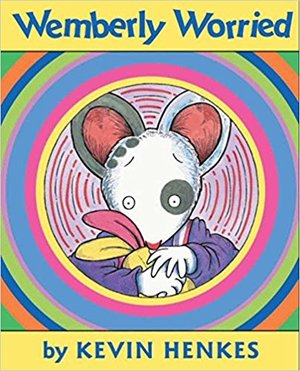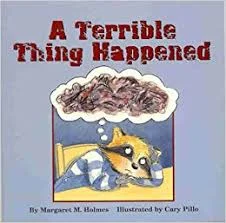DEALING WITH FEELINGS
PICTURE BOOKS
I adore picture books. I couldn’t possibly provide a comprehensive list of all the beautiful books that are out there. I simply hope to include here some books that I have read and used … and ….most importantly…, books which have been enjoyed by children I know.
Looking for more? There are lots of places to get good ideas including Children’s Book Blogs, industry websites in Children’s Publishing and Awards for Illustrated Children’s Books that are loaded with reviews and author interviews. Your local children’s librarian is also a tremendous source for recommendations.
Below are some picture books that help with the work of identifying and labeling feelings, expressing and managing feelings in constructive ways, and putting oneself in another’s shoes, imagining what they might be feeling.































